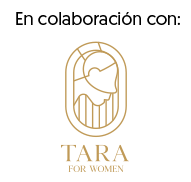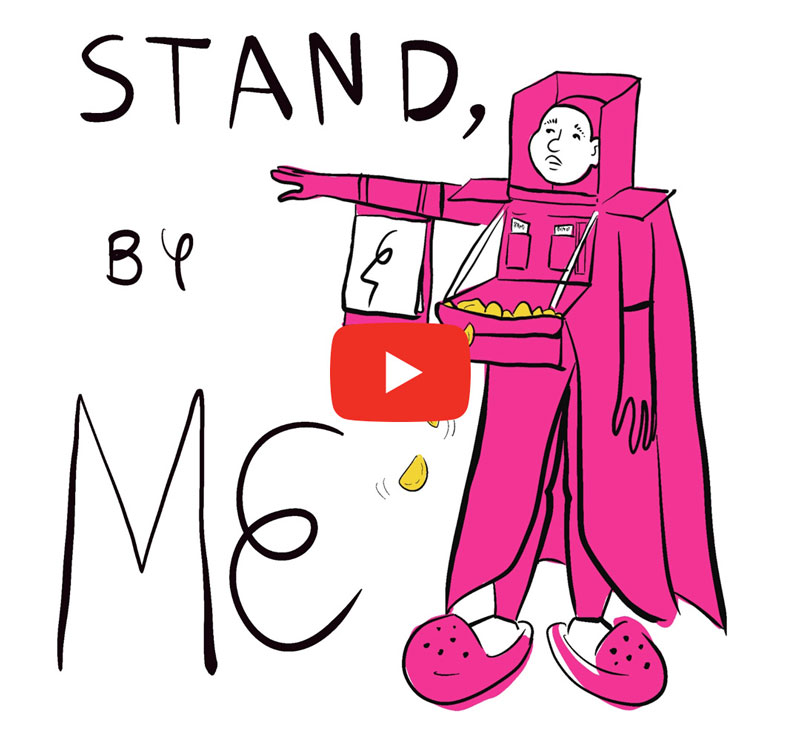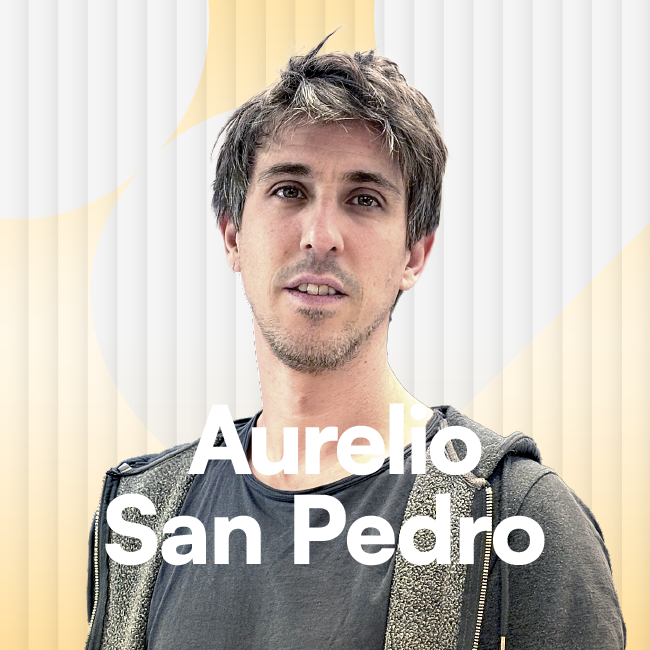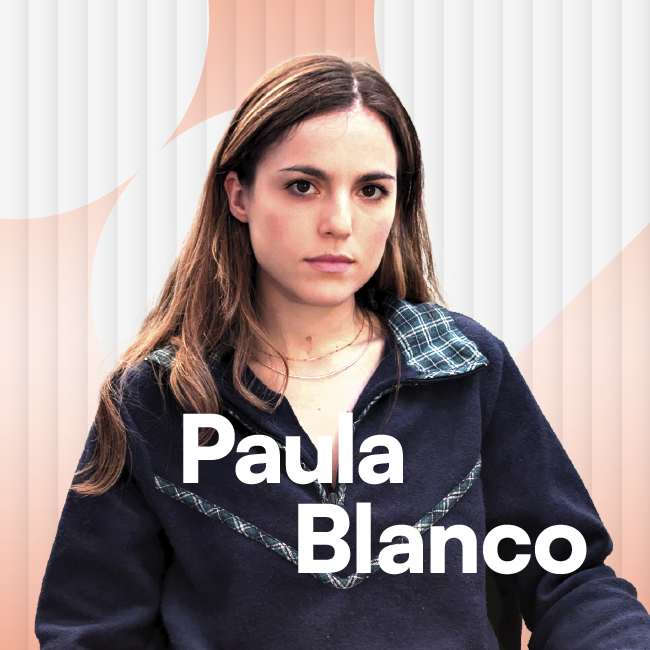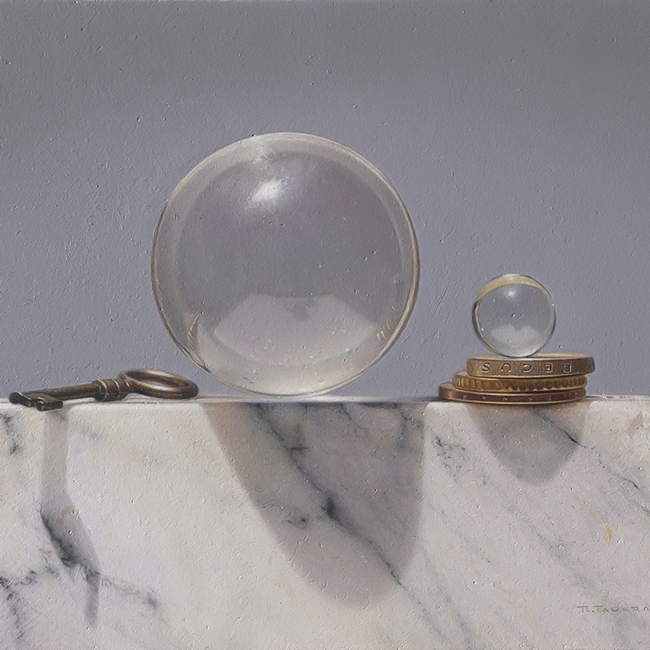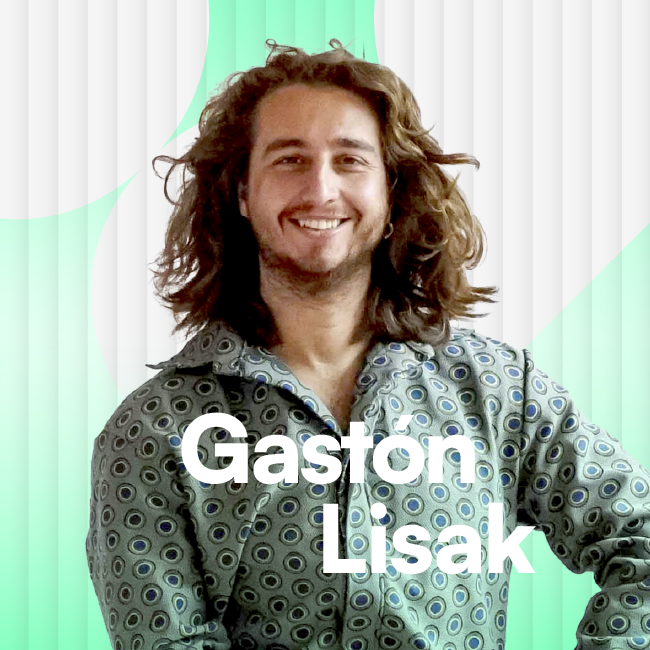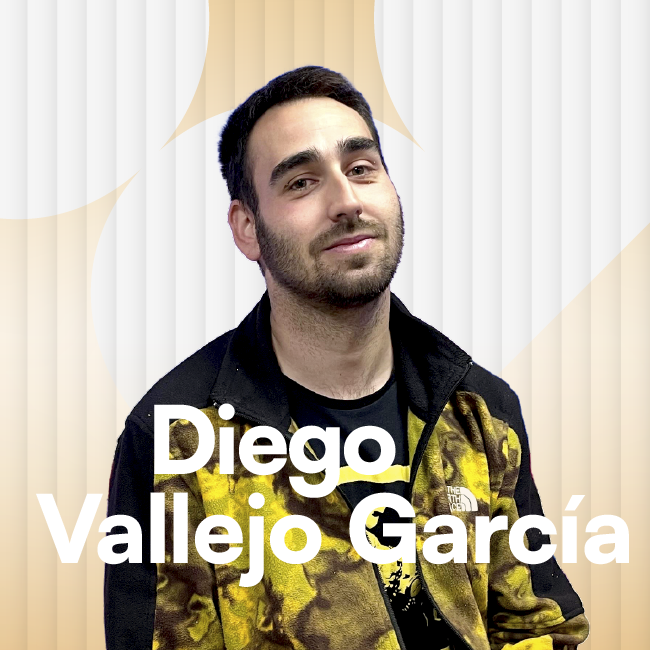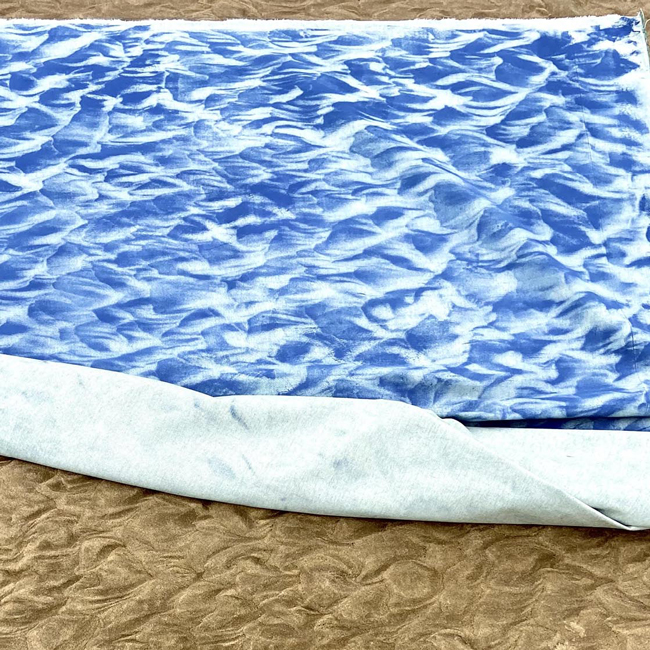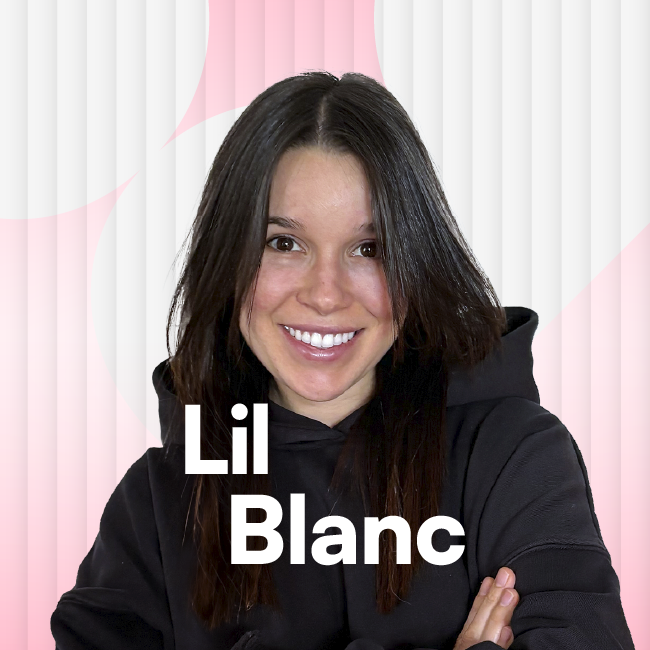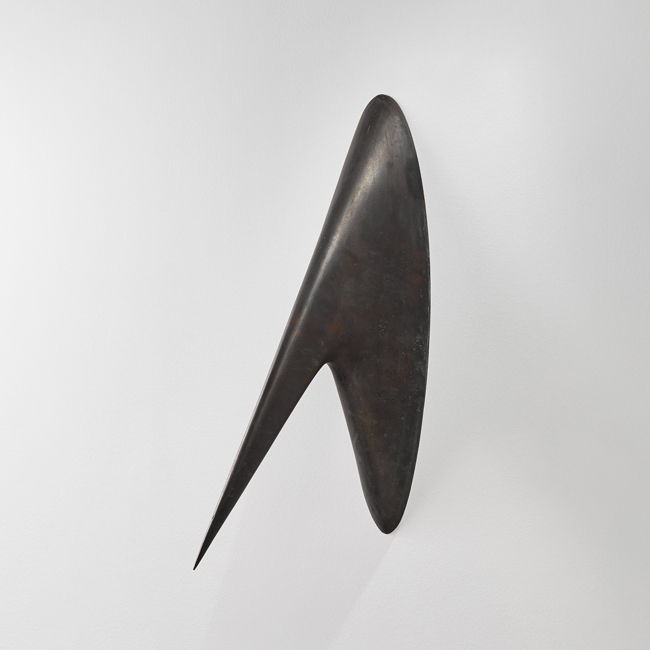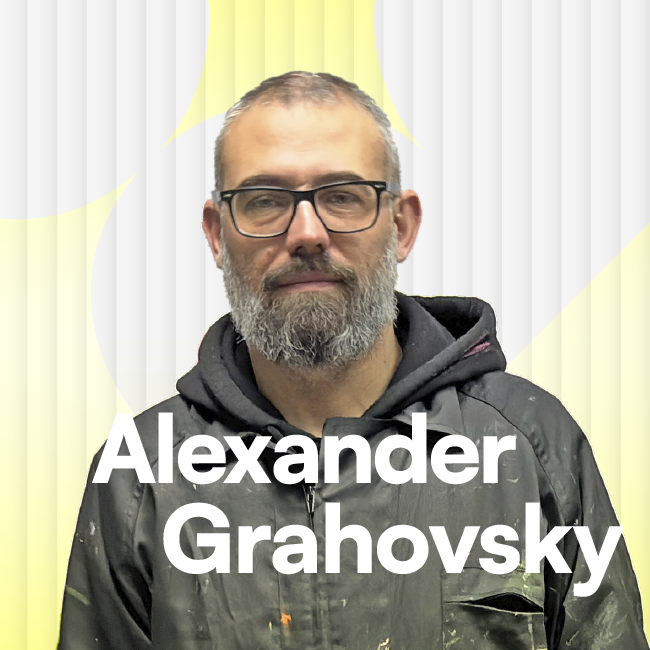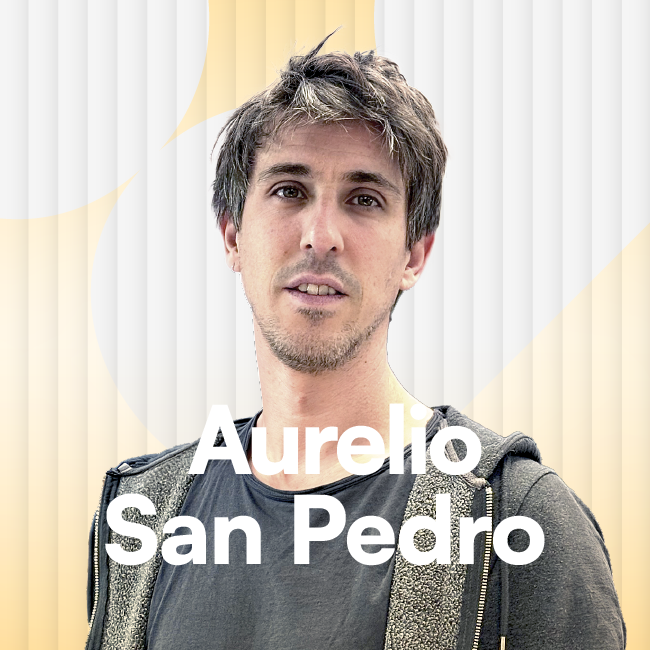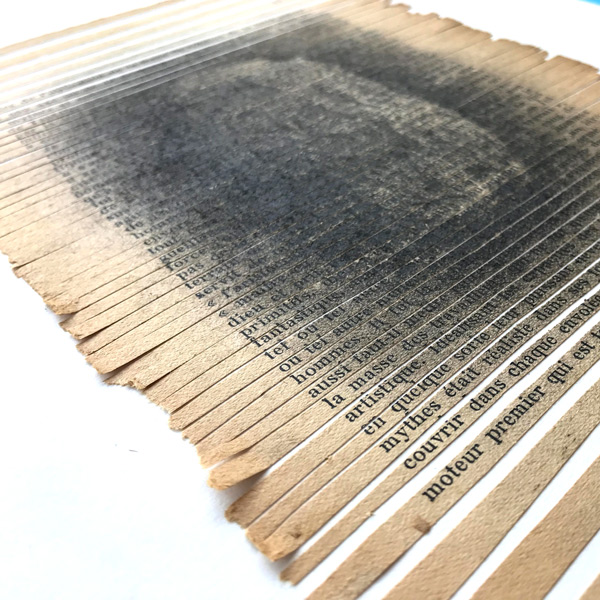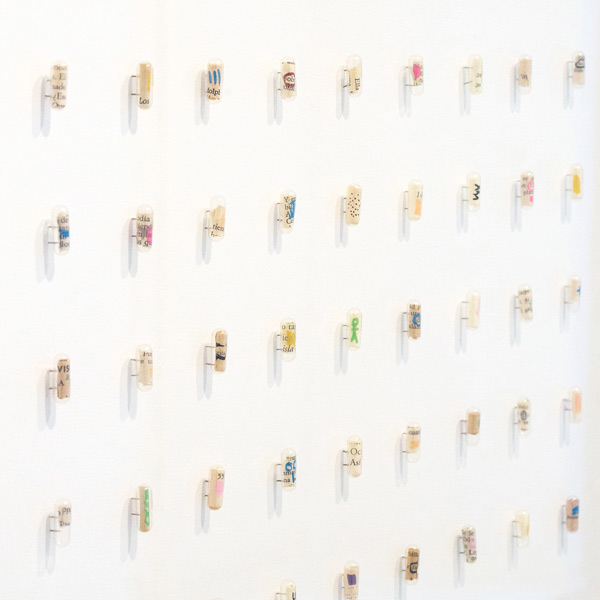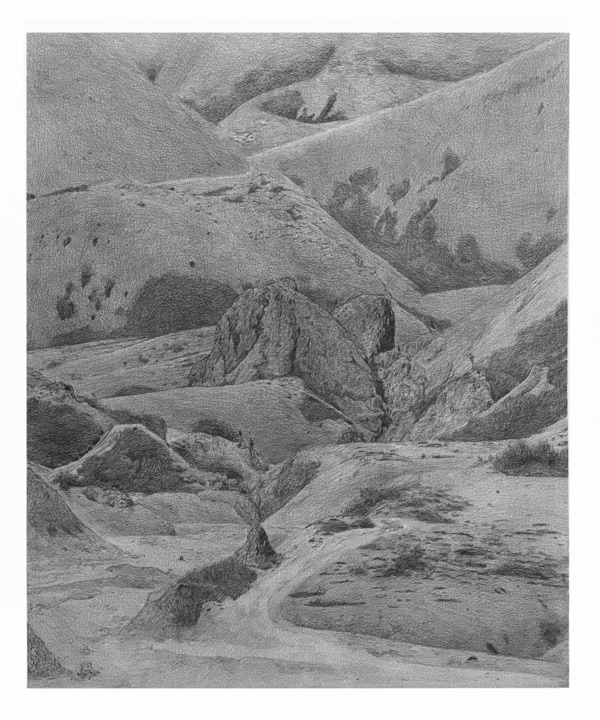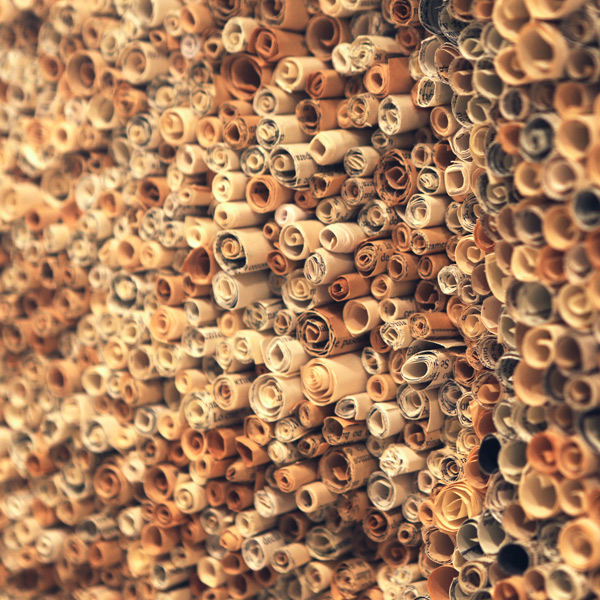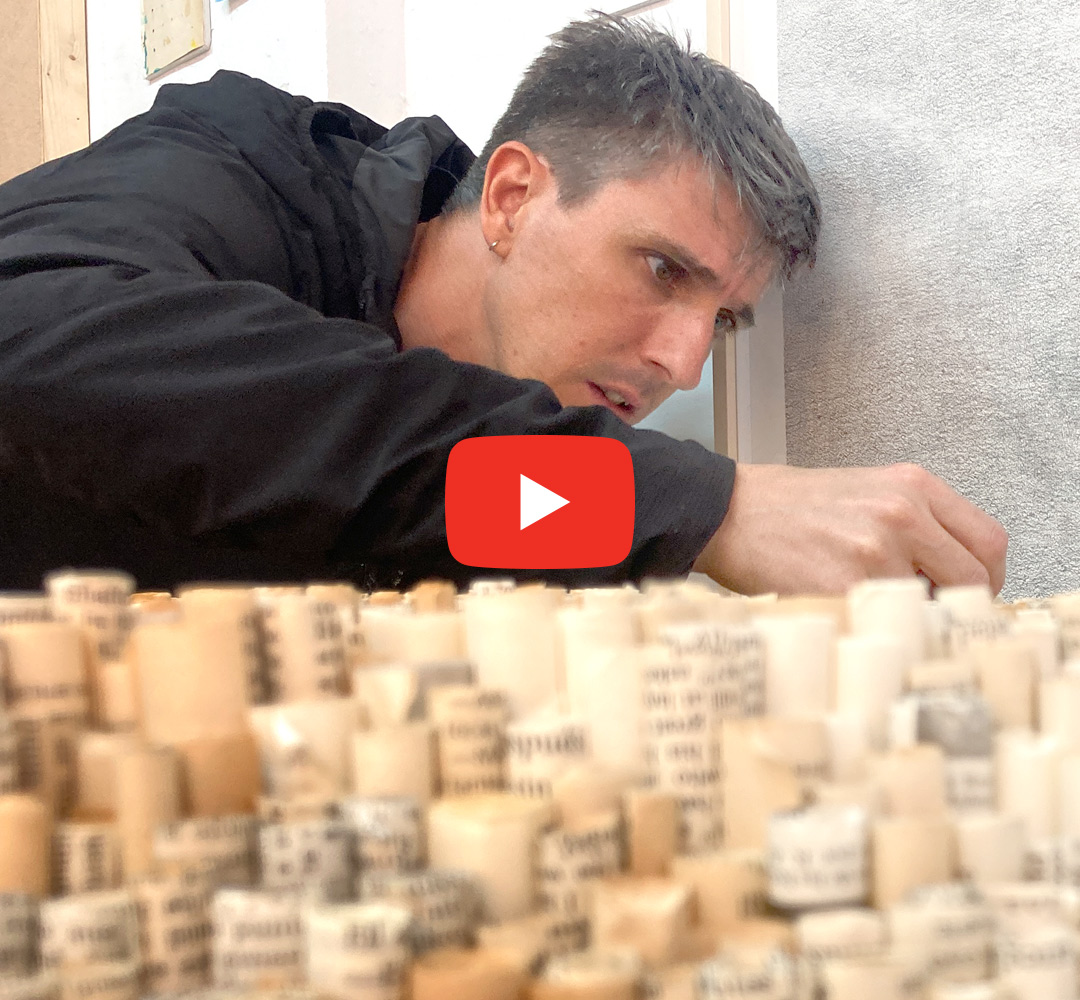PERFORMANCE STAND, BY ME. ESTEL BOADA
Feb 29, 2024
art madrid
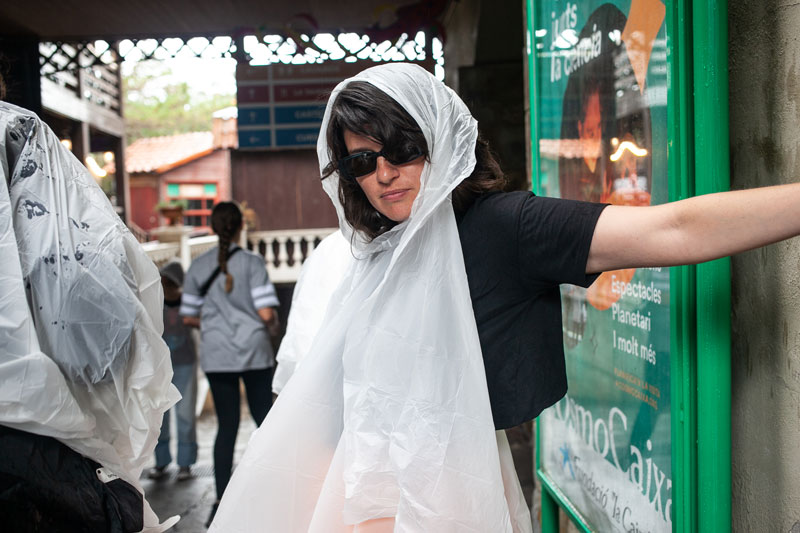
INTERCESSIONS. PERFORMANCE CYCLE X TARA FOR WOMEN
Art Madrid celebrates its 19th edition from March 6 to 10, 2024 at the Galería de Cristal of the Palacio de Cibeles. During the Art Week, Art Madrid becomes an exhibition platform for national and international galleries and artists. With the intention of creating a space of expression for emerging artists, our fair has joined forces with the Tara For Women Foundation, which, in its mission to empower and strengthen talented women, becomes a collaborator of Art Madrid's renewed Parallel Program with the Performance Cycle: Intercessions X Tara For Women.
PERFORMANCE STAND, BY ME. ESTEL BOADA
Saturday - March 8 - 19:00h. Galería de Cristal of the Palacio de Cibeles.
They say that in order to succeed, a stand has to be well located, innovative, tidy, have a good, clean and clear image, we can't let it go unnoticed, it has to stand out from the competition, generate curiosity and space for personal interaction. Well, after 19 years, the perfect stand has arrived, he doesn't know it yet, but it has been an exclusive creation to stand out at the fair.
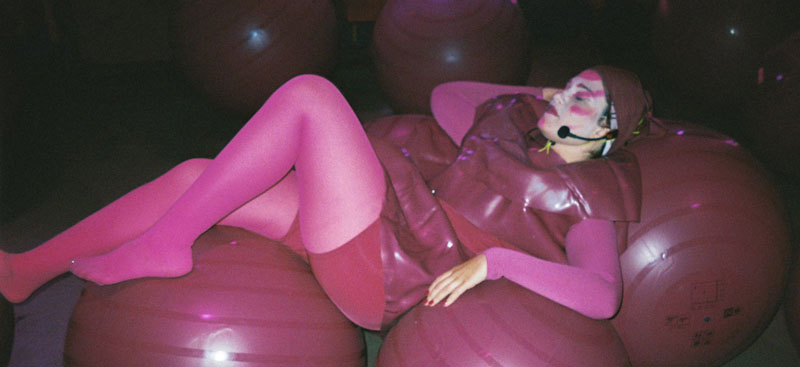
His name is Stanley, he is 19 years old and he is... human.
Stand, by Me is a performance that wants to address the responsibility and the position of an art fair stand in an ironic and burlesque way.
"Stanley", our main character, created to live and die at the fair, doesn't know what the outside is, but he knows all about the strengths and weaknesses of this mobile architecture.
Unlike his family made of plasterboard, wood, glass and PVC, Stanley is human matter and therefore feels different from the rest. He tries to be like the rest of the stands: smooth, straight, monotonous, silent... But it is impossible, he has to understand that his strength is his uniqueness.
Through a corporal and vocal exploration, she finds the way to express herself and communicate with others, generating curiosity, empathy and humor.
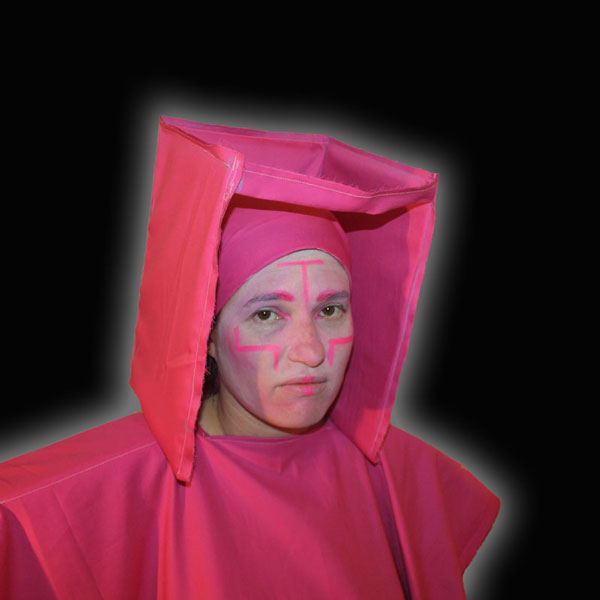
ABOUT THE ARTIST
ESTEL BOADA. Mataró, Barcelona, 1991
Estel Boada is a multifaceted artist who addresses past, present and future issues in an ironic and burlesque way. Trained in Fine Arts, her work includes design, drawing, performance, among others... After studying Fine Arts, she is interested in design, drawing, performance, space, collectivity and voice. Playing with humor, absurdity and trash, Estel always ends up talking in a burlesque way about her life as a frustrated diva. Her performances include "Kslkkda" (Virreina and Can Balaguer), "Vital el Musical" (Antic Teatre + NyamNyam), "Esperit de Clor" at MAC (Mataró), "El Hechizo" (Residencia #Ey!MAD), "De Kathedraal: historia de la construcción" (Nau Estruch) and "PERTÚ (la ofrenda)", awarded by BCN Producció-La Capella, among others. His performance "Stand, by Me" ironizes the responsibility and position of an art fair stand by personifying "Stanley", a human being in a context designed for material structures. The work highlights uniqueness versus uniformity in the art world.
